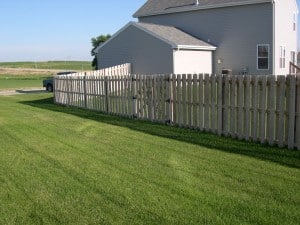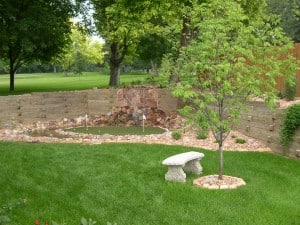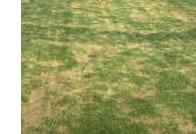Will Your Lawn Survive the Heat?
Here is the latest update from the UNL Turfgrass Program. It includes important information about watering your lawn to ensure survival during the drought: How long will Kentucky bluegrass or tall fescue survive when dormant?...





